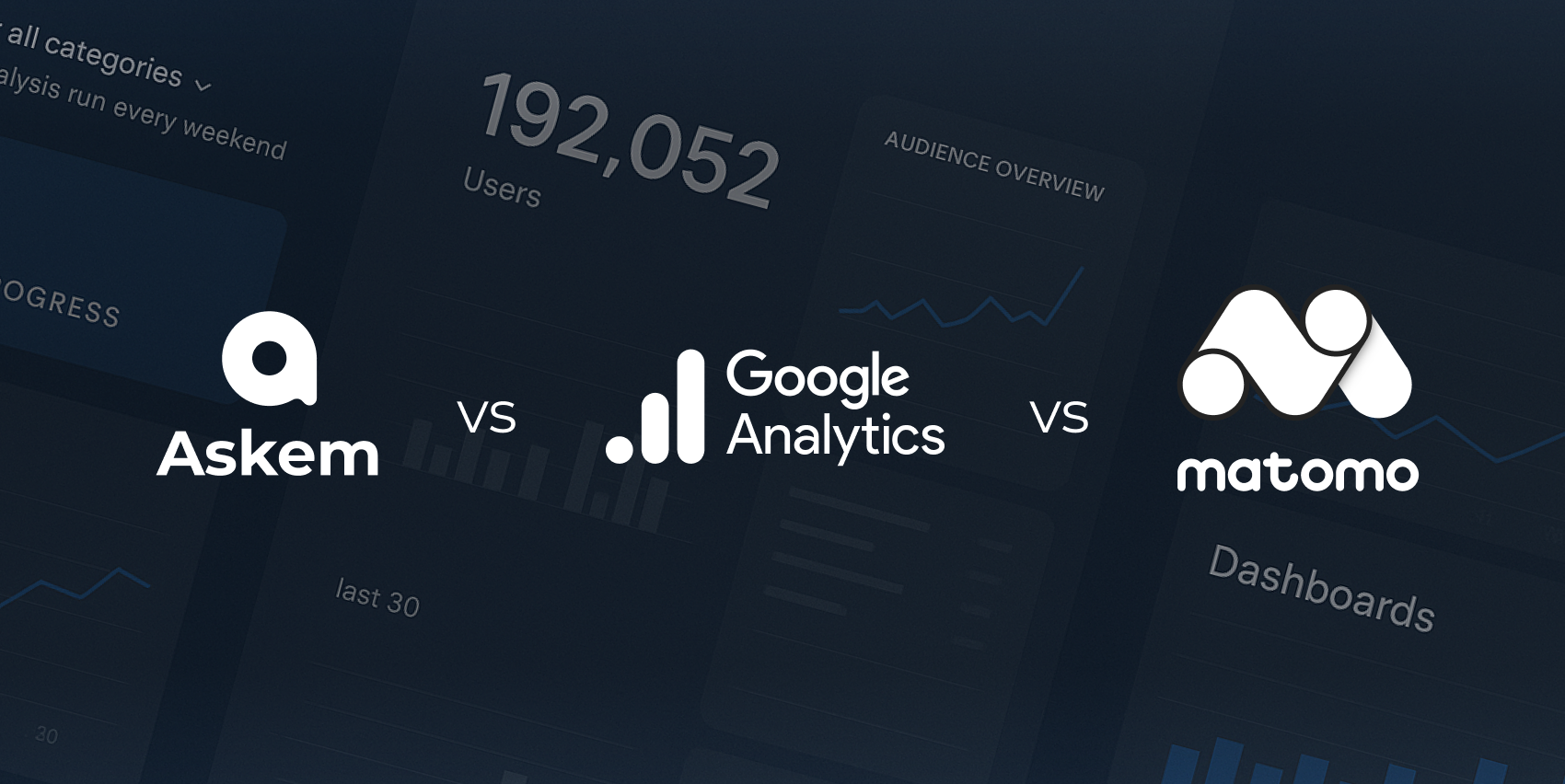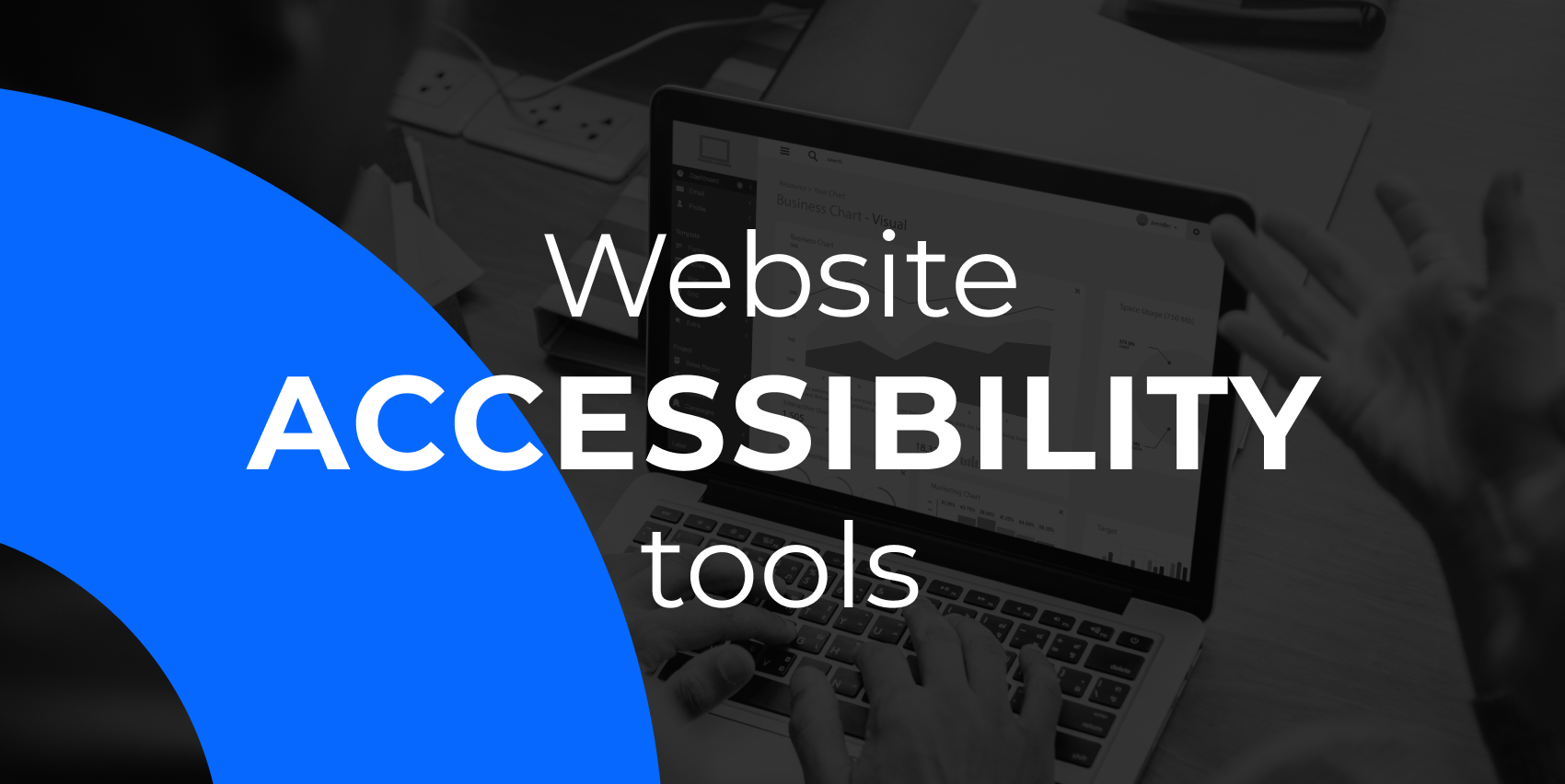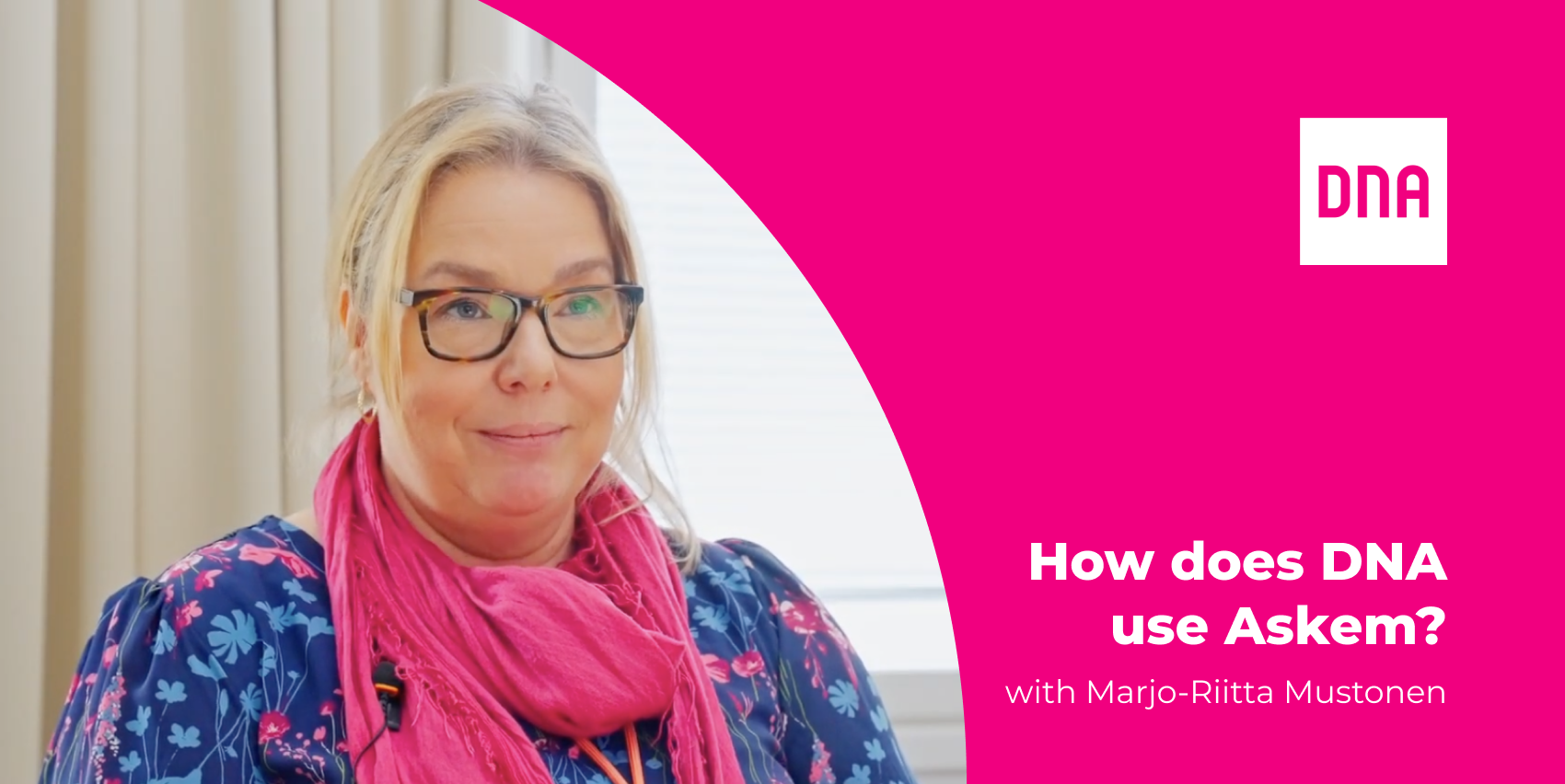Every business has a slightly different priority when it comes to analytics. For some, it’s all about campaign ROI. For others, it’s compliance and data privacy. And for many, it’s about making sure their website is usable and accessible to everyone. That’s where the choice of analytics platform comes in.
Google Analytics, Matomo, and Askem each bring something different to the table. The question isn’t which is ‘best,’ but which matches your needs. In this article, we’ll look at the most common use cases and compare how each tool performs.
What is Askem?
Askem is built for organizations that want more than surface-level analytics. It focuses on making websites usable, accessible, and compliant while keeping reporting simple. One of its core strengths is continuous monitoring. Askem runs site-wide scans to flag accessibility issues, broken links, and readability concerns, giving teams real-time visibility into what needs attention.
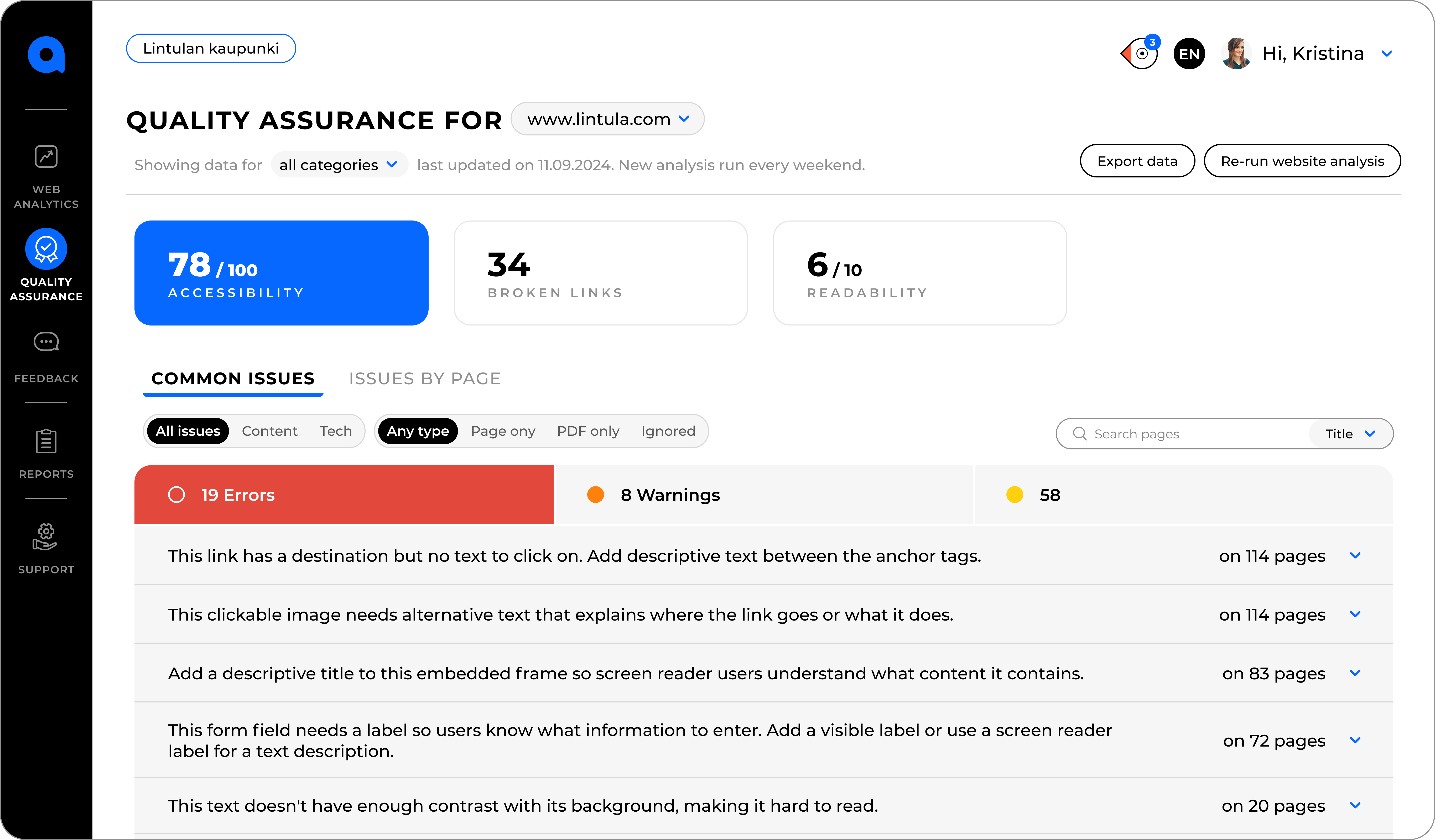
Another standout feature is behavior analytics. Heatmaps, scrollmaps, and user-flow visuals are built in, helping you see exactly how visitors interact with pages and where they drop off. This makes it easier to connect accessibility insights with actual user behavior.
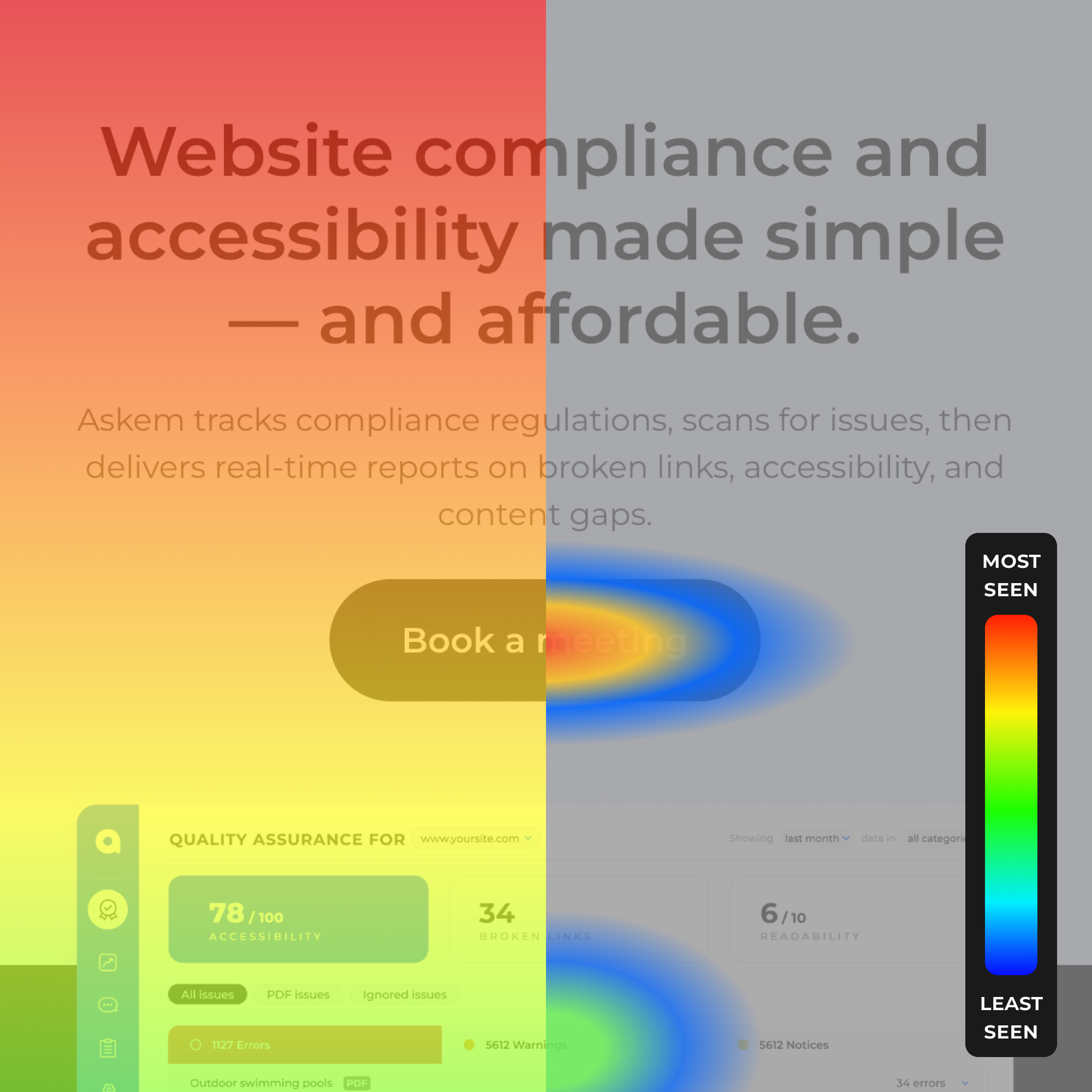
Privacy is also central. Askem works without cookies and is fully GDPR compliant, so you can trust that your analytics are both ethical and reliable.
What is Google Analytics?
Google Analytics is one of the most widely used tools for understanding website performance. It helps track traffic volume, user demographics, acquisition channels, and on-site behavior in detail.

Businesses use it to see where visitors are coming from, how long they stay, and which pages drive conversions.
A major strength of Google Analytics is its deep integration with the wider Google ecosystem. It connects seamlessly with Google Ads, Search Console, and BigQuery, making it especially powerful for marketers who want to measure campaign ROI and optimize ad spend.
Custom reports and dashboards allow for granular analysis, though the learning curve can be steep for beginners.
What is Matomo?
Matomo is an open-source analytics platform designed for organizations that want full control of their data. It offers in-depth tracking of website traffic, user behavior, and conversion performance, with flexibility to customize metrics and dashboards.
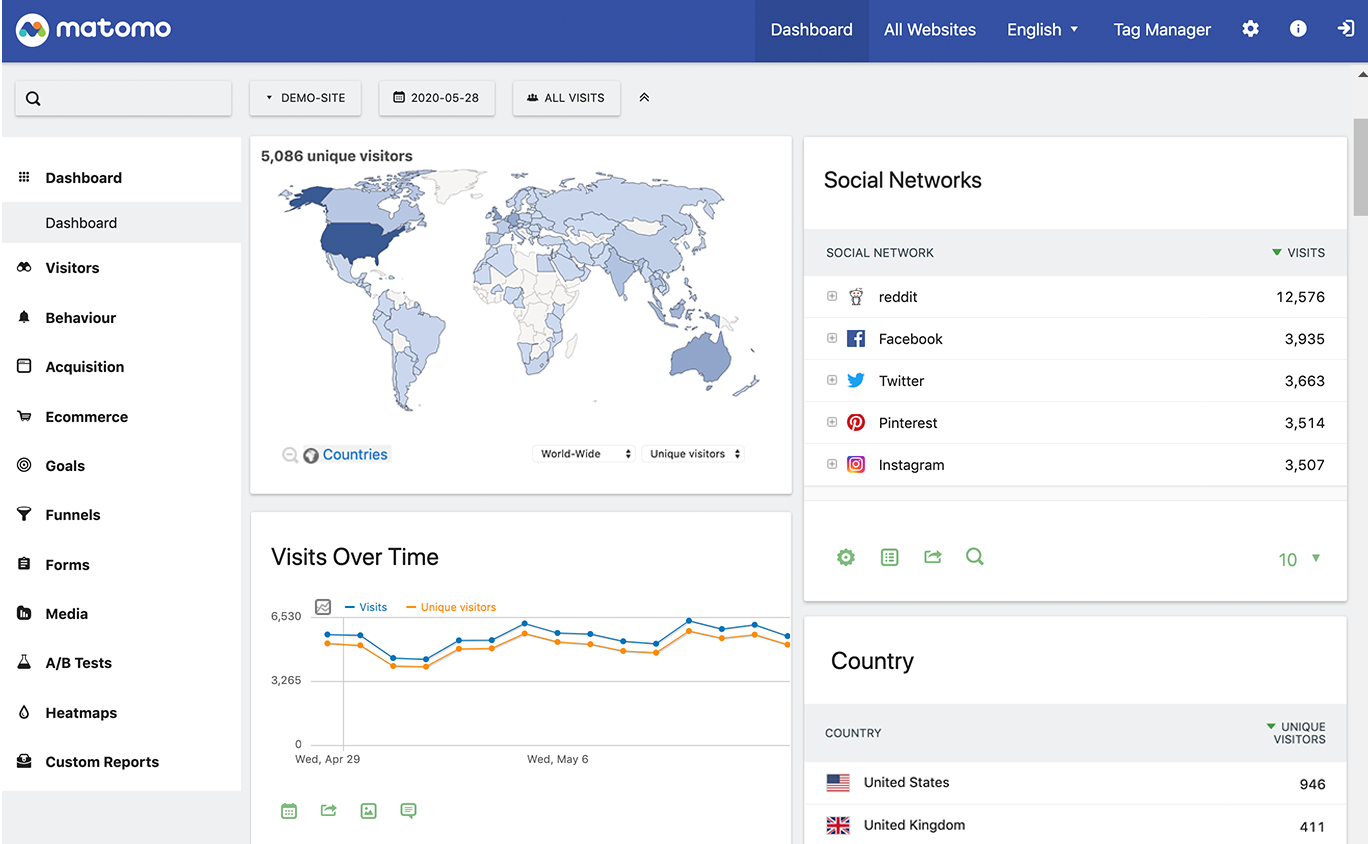
Unlike many tools, Matomo gives the option to self-host, ensuring complete data ownership and stronger compliance with regulations like GDPR.
Its feature set extends beyond standard analytics. With heatmaps, session recordings, form analytics, and goal tracking, Matomo provides detailed insight into how visitors interact with content and where they encounter friction. These tools can be expanded further through a wide range of plugins.
When to use each tool for different use cases?
All three tools are strong, but for different reasons.
Let’s explore all common use cases and which tool shines in each.
1. Ensuring website accessibility
When I compared these tools specifically for accessibility, the gap was obvious. Google Analytics doesn’t provide accessibility insights at all.
I could see bounce rates or session duration, but nothing that told me whether someone using a screen reader could actually complete a task.
Matomo gave me a little more control. I liked that I could configure reports and even use add-ons to study user behavior, but accessibility still wasn’t baked in.
If I wanted to know about contrast issues, missing alt text, or headings that confused assistive tech, I had to rely on separate audits. The data was useful, but it required interpretation and extra tools.
Askem is the clear winner because it’s purpose-built for accessibility. I didn’t need to dig through technical guidelines because issues were explained in plain language. I could immediately see what failed and why it mattered, whether it was broken ARIA labels or content that didn’t meet WCAG standards.
Why pick Askem for accessibility?
- WCAG 2.1 & 2.2 checks: Flags accessibility issues tied to global standards so nothing slips through.
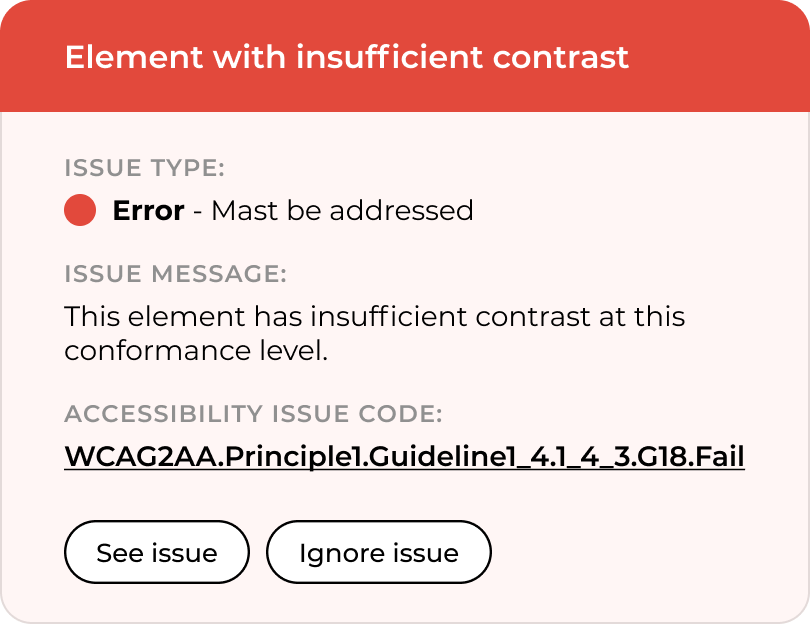
- Severity labels: Errors, warnings, and notices are ranked so you know what to prioritize first.
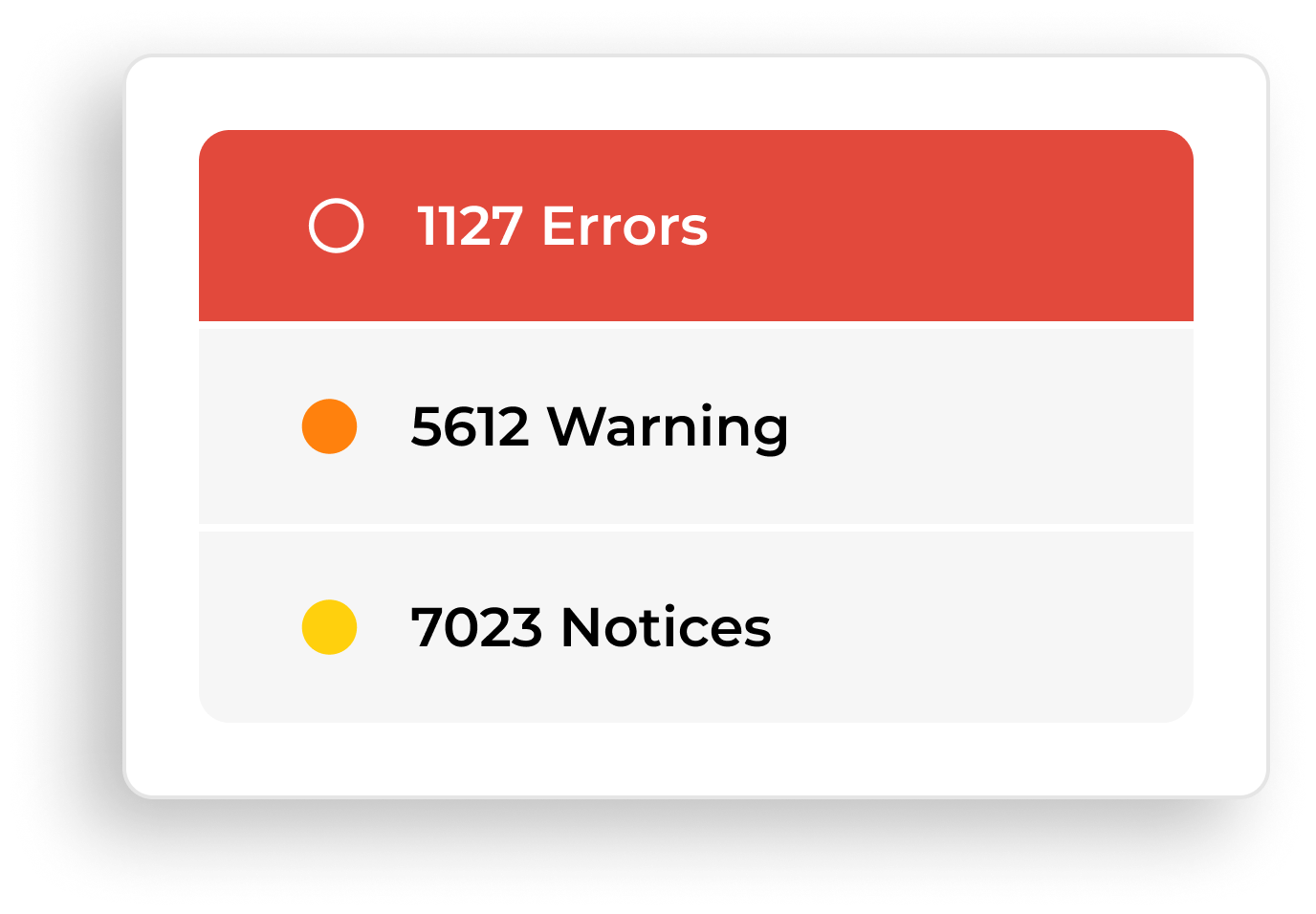
- Actionable recommendations: Every issue comes with clear steps on how to fix it.
- Task management: Turn issues into tasks and assign them directly to team members for faster fixes.
- Shareable reports: Export or share accessibility reports across teams to keep everyone accountable.
2. Tracking website traffic and user journeys
Each tool in our list handles traffic and user journeys in its own unique way.
Google Analytics, especially GA4, excels at visualizing paths through its Path Exploration feature. I could trace what pages new users visited first, spot looping patterns, and explore backward from conversion points.
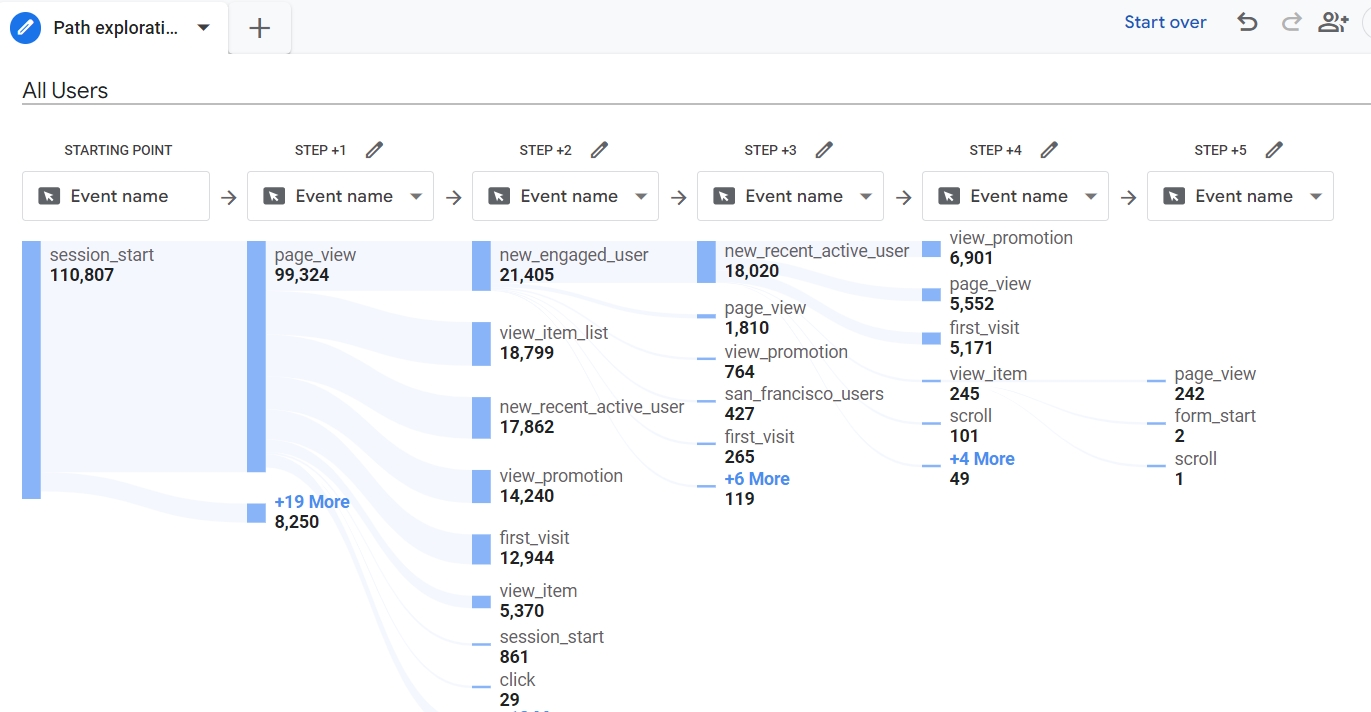
It also offers segmentation and funnel analysis for deeper insights into user navigation.
Matomo is impressive too. Its Users Flow report shows me where visitors land, what they click next, and the exact points they drop off.
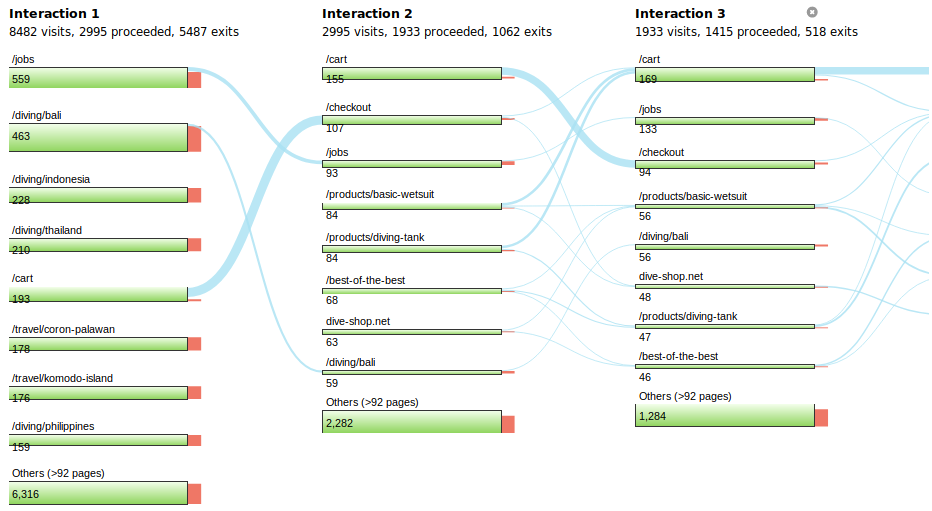
I liked how campaign tracking connects the dots between acquisition and on-site behavior. With the right setup, it paints a clear journey from ad to action.
Askem, on the other hand, made traffic insight refreshingly simple. The dashboard puts key metrics at a glance (views, sources, categories) without diving into complex reports. No custom explorations, no plugin hunt, just clarity.
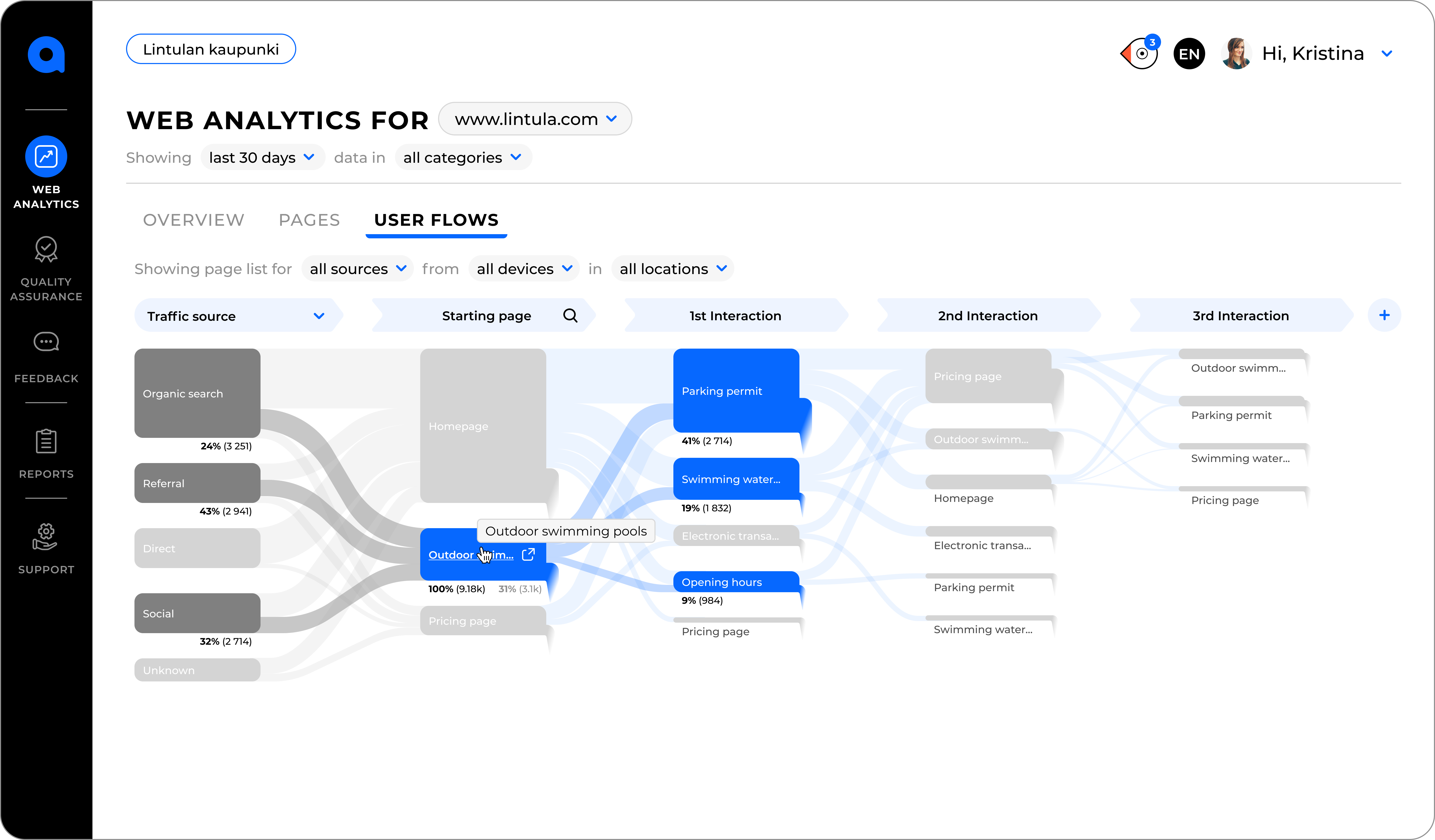
Which tool to pick?
- If you need advanced path exploration, funnels, and deep integration with ad platforms, choose Google Analytics.
- If you want full data ownership, GDPR-friendly tracking, and a customizable Users Flow report, choose Matomo.
- If you prefer clean dashboards, instant clarity, and insights without the setup overhead, choose Askem.
3. Measuring marketing ROI and campaign performance
Every tool plays in a different league when it comes to marketing measurement.
Google Analytics is the powerhouse here. With UTM tracking, Advertising reports, and customizable attribution models, I could connect ad spend directly to outcomes. It shines if you’re deep into paid campaigns and need to justify every dollar.

Matomo offers a different strength. It supports detailed campaign tracking through its Campaigns and Attribution reports, letting me generate landing page links, set conversion goals, and map multi-touch attribution models. I could pinpoint exactly which channels drive visits and revenue.
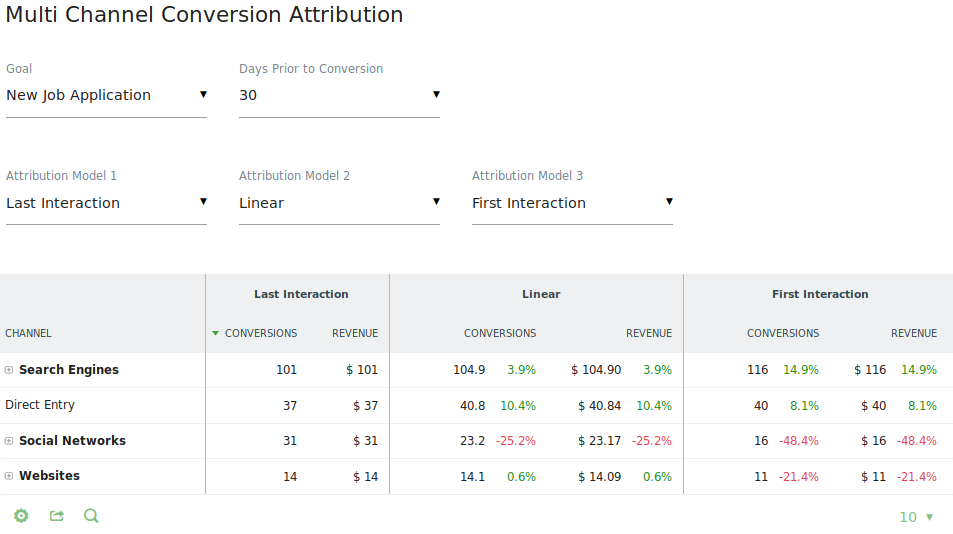
Askem, on the other hand, doesn’t go heavy on campaign ROI. Its strength is accessibility and website experience insights, not granular marketing attribution. You’ll see visits and sources in its dashboard, which can give a quick sense of campaign impact.
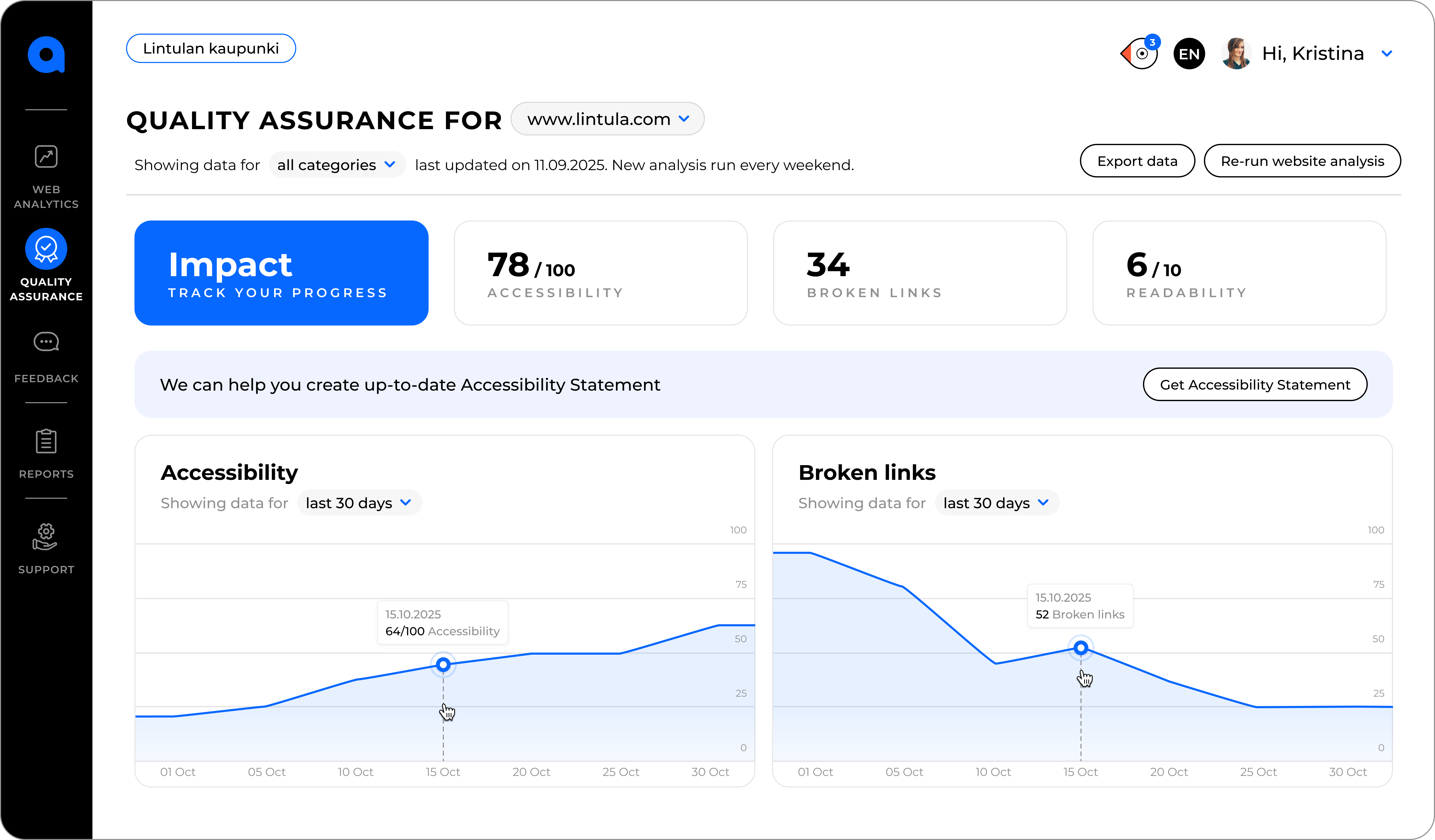
Which tool to pick?
- If your campaigns live in Google Ads and you want advanced attribution with direct ROI calculations, choose Google Analytics.
- If you want campaign tracking with data ownership, flexible attribution reports, and no dependency on Google, choose Matomo.
4. Understanding and improving user experience
Want to improve user experience by actually asking users what they like and don’t like? Askem makes that easy. The Feedback tool lets me embed a widget directly in my CMS that asks users, ‘Did you find what you were looking for?’ The responses, anonymous and actionable, arrive in an intuitive dashboard.
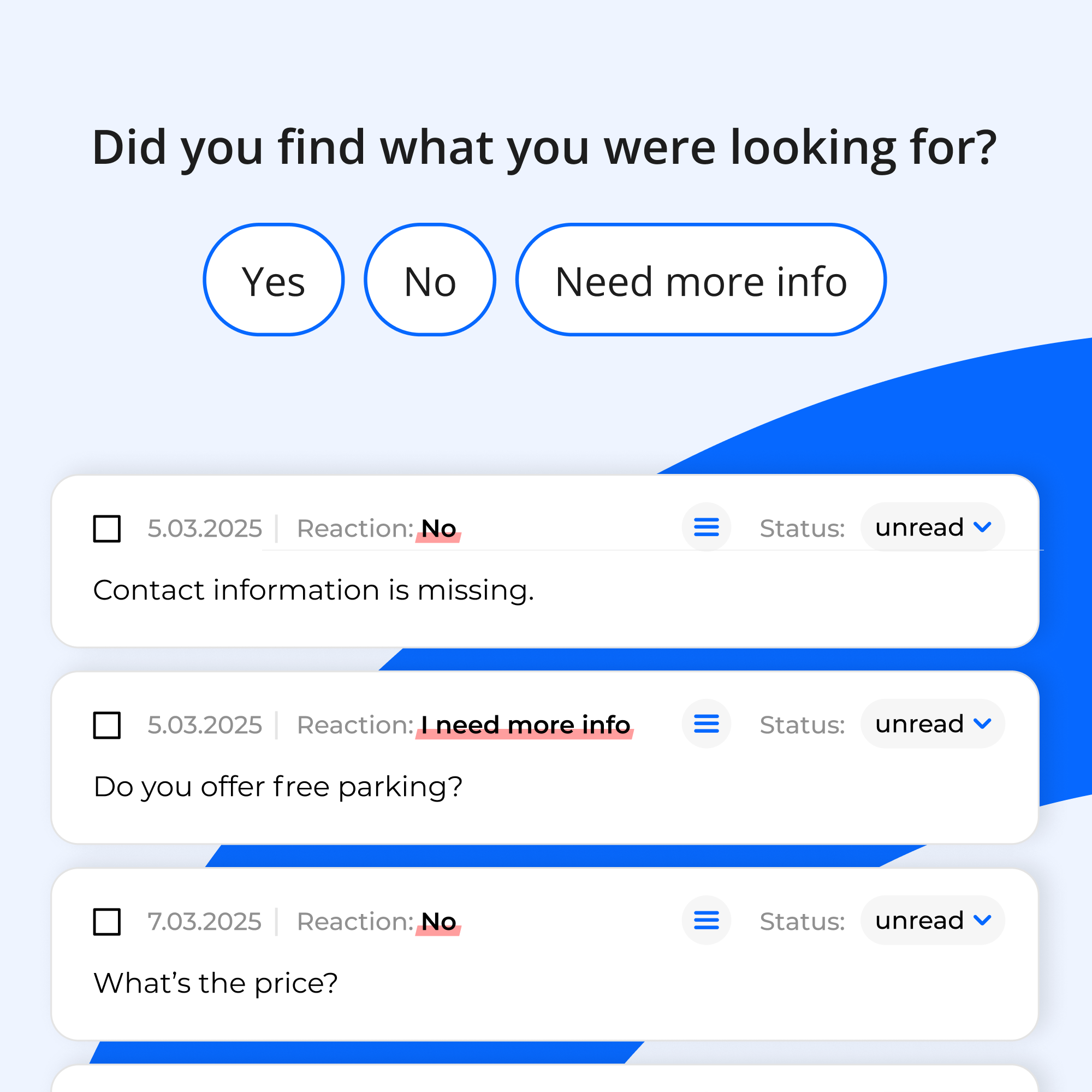
In addition, its heatmaps, scrollmaps, and user-flow visuals show me exactly how visitors move through content, without any setup headaches.
Matomo brings power through plugins. Heatmaps and Session Recordings reveal clicks, scroll depth, and even mouse movement with GDPR-safe replays. Watching real sessions helped me pinpoint drop-off areas.

Google Analytics nails behavior signals at scale. Engagement rate, session duration, and behavioral flow charts hint at areas needing UX attention. GA4’s AI surfaces anomalies too. But I had to piece together context myself.

Which tool to pick?
- If you want instant, actionable insights from both visuals and direct user feedback, choose Askem.
- If you need in-depth behavioral tracking with heatmaps, scroll depth, and full session recordings while keeping data self-hosted, pick Matomo.
- If you prefer high-level engagement metrics and AI-powered anomaly detection at scale, go with Google Analytics.
Askem Vs. Google Analytics Vs. Matomo: Head-to-head comparison
Maybe you’ve already spotted the right tool for your use case. But if you’re still weighing the finer details like setup and everyday usability, this quick comparison will help you decide.
Installation
- Askem keeps things light. You add your domain, generate an API key, and drop the embed code into your site or set it up via Google Tag Manager. No extra server work is required, which makes it approachable for most teams.
- Google Analytics involves creating a property, setting up a data stream, and adding a tracking snippet. Depending on your workflow, you can install it directly, through Tag Manager, or via plugins if you’re using platforms like WordPress. The steps are structured but flexible.
- Matomo is more involved, especially for the on-premise version. It requires server access, PHP, and a database setup before configuration. For those who prefer less technical effort, the Matomo Cloud option simplifies installation by handling the infrastructure.
Ease of use
- Askem presents clean, streamlined analytics from the start. User-friendly design means I wasn’t hunting through menus to find insights. Everything feels accessible and straightforward.
- Google Analytics surfaces data through a modern interface. The simplified layout responds well across devices. Navigating properties and reports via the sidebar and search box made sense as I explored. Yet mastering custom explorations and funnels added complexity.
Matomo frames usability as a strength. Its interface earns praise for being intuitive and easy to navigate. I could jump between reports with minimal friction. If you add a lot of plug-ins and functionalities, you could be looking at something complex for the team to adopt.
Cost and scalability
- Askem has 3 products:
- Web Analytics: Starting at €99/month
- Quality Assurance: Starting at €299/month
- Feedback: Starting at €249/month
- Google Analytics is free with generous limits but includes data sampling and retention caps. For unlimited usage and full support, GA4 360 kicks in, with enterprise pricing starting around $50,000 per year.
- Matomo Cloud begins around €29/month and can scale up to handle millions of hits per month. Hitting the limits or requiring customization means contacting sales for a tailored plan.
Data and privacy
- Askem embraces privacy by design. It operates cookieless and GDPR compliant from the start, storing non-identifiable data via a first-party local storage mechanism. That means no tracking of personal identities.
- Google Analytics gives privacy controls, such as IP anonymization, data retention settings, and Consent Mode. You must set those up manually, and data still flows to Google’s US servers, a point of concern in strict GDPR markets.
- Matomo is built for full data ownership. I can self-host and configure it to avoid processing any personal identifiable information. It delivers GDPR, CCPA, and HIPAA compliance, including a built-in GDPR Manager.
Making the final choice: which tool should you pick?
Making the final choice between Askem, Google Analytics, and Matomo really comes down to your priorities. Each tool shines in a specific area, so the best decision is the one that aligns with your core use case.
- Choose Askem if accessibility, readability, and actionable team-friendly insights are what you need.
- Choose Google Analytics if you want advanced traffic tracking, user journeys, and marketing ROI at scale.
- Choose Matomo if data privacy, full control, and flexible self-hosting are your top priorities.
You can even take these tools for a trial period and see how they fit your requirements. If you’re looking to get your first accessibility audit, get started with Askem today.


